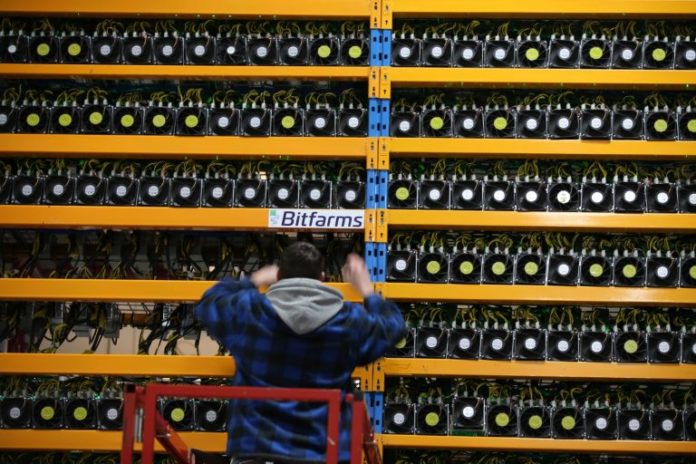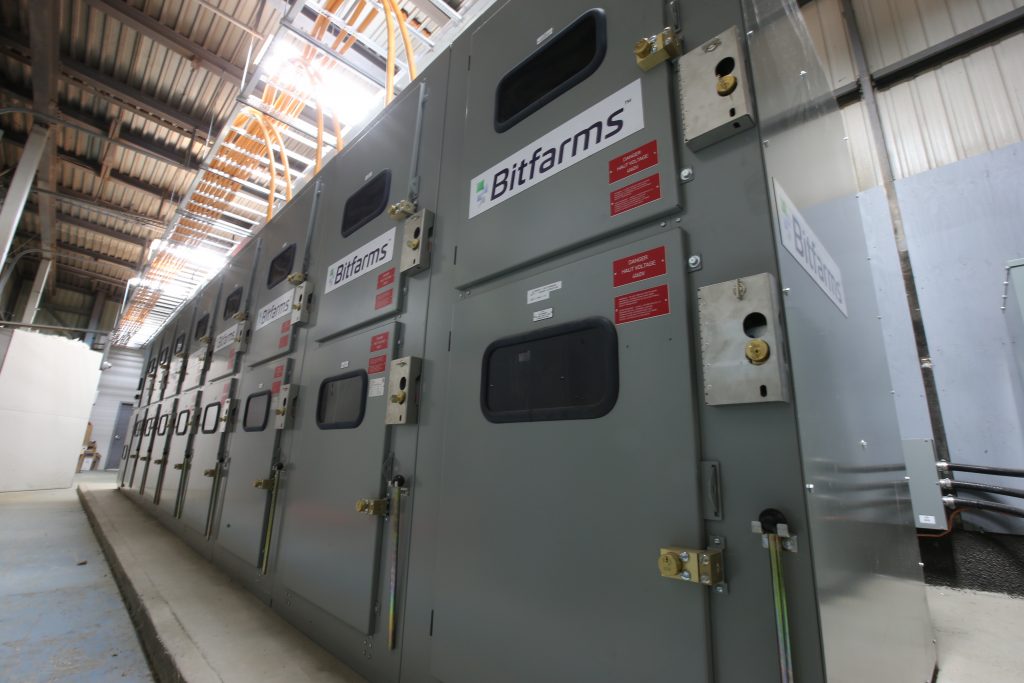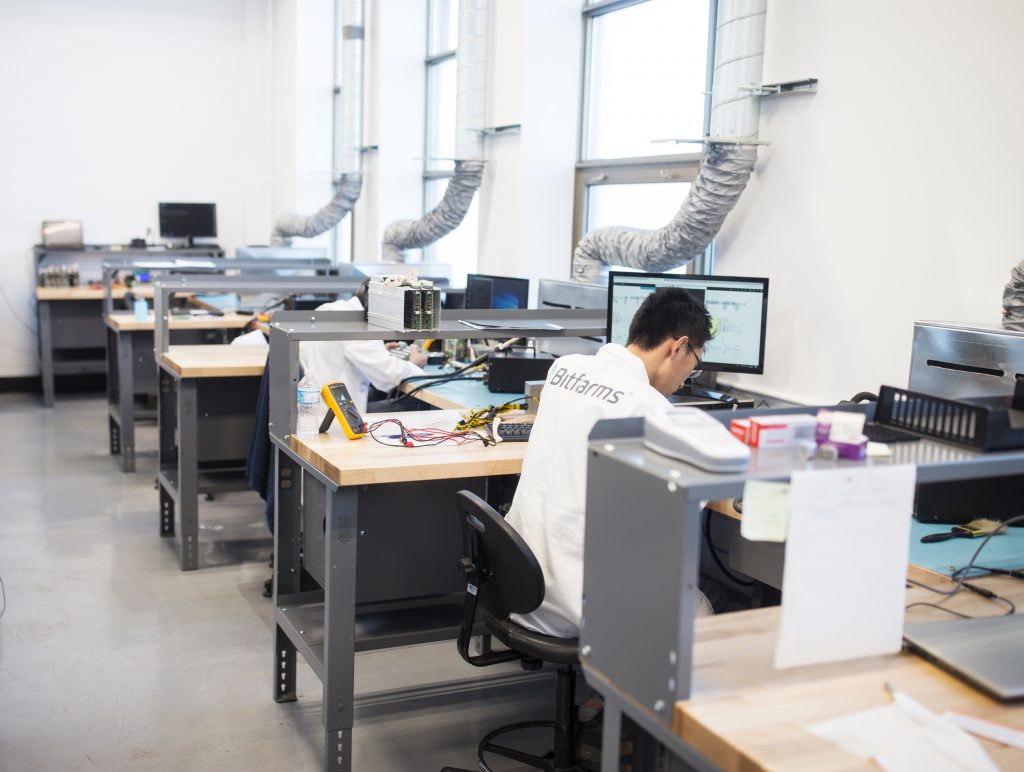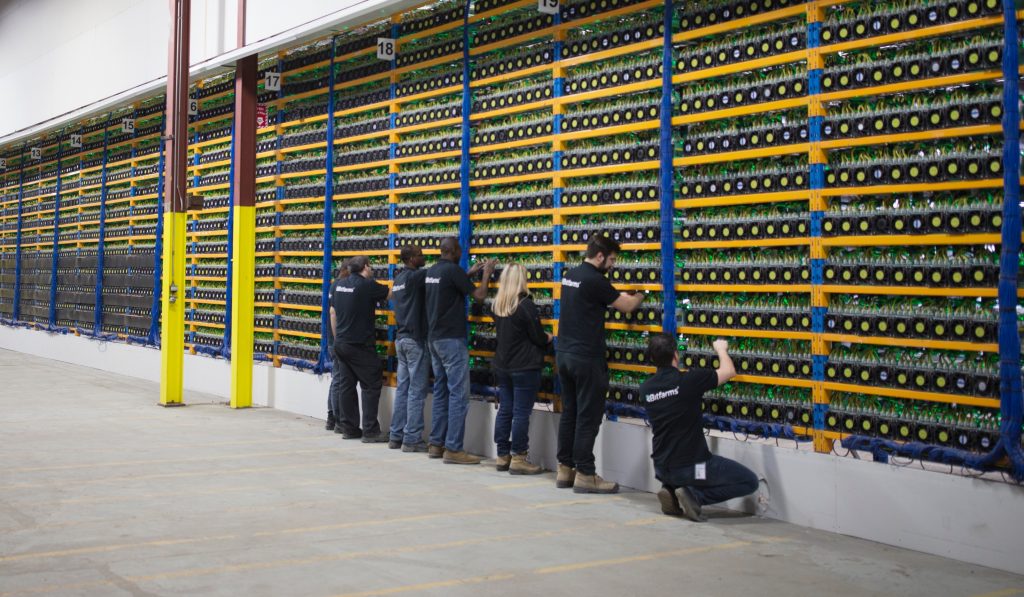
Cryptocurrency miners of all sizes have been suffering from the bear market that has heavily depressed prices, causing some to abandon the field as their proceeds were no longer covering expenses. However, for others this period has formed a time to grow while their competitors are struggling. To find out how one operation is handling the situation, news.Bitcoin.com talked to the CEO of Bitfarms about a big step his company recently took.
Also Read: Bitmain Releases Miner 3x More Powerful Than Its Predecessor
Bitfarms Secures $20 Million in Loan Financing
Bitfarms Ltd. (TASE: BLLCF) notified investors earlier this month that it has secured $20 million in strategic debt financing to fund the crypto mining company’s ongoing operational expansion. The capital is being provided by New York-based Dominion Capital and will be made available in four $5 million tranches tied to various milestones such as infrastructure building and hardware purchases. The loan will bear a 10 percent interest rate and Dominion will receive approximately 6.7 million equity purchase warrants that can be exercised to acquire Bitfarms’ common shares.

Bitfarms operates four mining farms in Québec, Canada with about 220 Ph/s of hash-power, all using green and renewable hydroelectricity. Wes Fulford, CEO of the company, explained to news.Bitcoin.com that Bitfarms has already begun deploying the proceeds of the debt financing deal. The plan is to construct a new center in the municipality of Sherbrooke, Québec and purchase new generation, higher efficiency ASICs as “current hardware pricing presents a compelling opportunity to invest in our operational build-out.”
Crypto Winter Brings Challenges But Also Opportunities
Besides the obvious negative effects of a sustained bear market, the situation also offers opportunities for big miners. These include the aforementioned cheaper hardware prices as well as killing off weaker competitors who depend on more costly electricity, and also deterring new miners from entering the business, thus clearing the field for those that survive this period by hunkering down.
“It has been a very challenging environment for many cryptocurrency miners to maintain profitability,” explained the Bitfarms CEO. “At current network difficulty and BTC pricing, and assuming the average miner allocates 10% of power to cooling, a 13.5 TH/s S9 Antminer (arguably the most prevalent SHA-256 ASIC miner in use) is currently losing money at power costs above US$0.068 per kWhr. This break-even analysis doesn’t include operational overhead. Despite falling BTC prices, in 2018 we witnessed a period of exponential network hash rate growth as miners purchased earlier in the year were brought online.”

“Many miners paid exorbitant pricing for hardware in late 2017 and during the first half of last year. Much of this hardware landed in expensive hosting facilities under contracts that are no longer economic,” Fulford told news.Bitcoin.com. “With the decrease in BTC pricing and increase in mining difficulty, these participants have failed to recover their original hardware costs which will certainly deter further investment. As in any nascent industry, markets will experience volatility and things will take time to mature. Going forward, external investment capital will be reserved for the best projects led by experienced operators.”
The head of the mining company also sees some positive signs in the market. “In recent months, we are pleased to see a more normalized and somewhat predictable correlation between price and difficulty. With attractive current hardware pricing, specifically price/TH metrics, we have a unique investment opportunity and plan to aggressively pursue our operational expansion,” he said.

“We believe the industry is shifting from hobbyist ‘garage’ miners to large industrial operators,” added the Bitfarms CEO. “The pricing and difficulty correlation looks to be stabilizing at these levels. We anticipate further growth in hash rates throughout 2019, however at a much more subdued pace to that witnessed last year. In a stable BTC environment, network growth will be heavily influenced by the undercapitalization of major hardware manufactures (i.e. smaller production runs), marginal hardware efficiency gains and a more measured pace of capital investment.”
Do you think crypto winter is good for ecosystem development and company consolidation? Share your thoughts in the comments section below.
Images courtesy of Shutterstock.
Verify and track bitcoin cash transactions on our BCH Block Explorer, the best of its kind anywhere in the world. Also, keep up with your holdings, BCH and other coins, on our market charts at Satoshi’s Pulse, another original and free service from Bitcoin.com.
The post How a Large Cryptocurrency Mining Operation Is Handling the Current Market appeared first on Bitcoin News.

Bitcoin.com is author of this content, TheBitcoinNews.com is is not responsible for the content of external sites.
Our Social Networks: Facebook Instagram Pinterest Reddit Telegram Twitter Youtube










